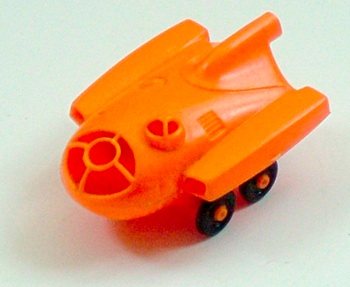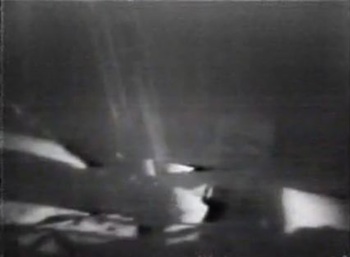 Of all the things I thought I’d be talking about last week, Canadian astronaut Chris Hadfield wasn’t one of them. And yet I did end up talking about him — ever so briefly — on ABC Radio’s national current affairs program AM.
Of all the things I thought I’d be talking about last week, Canadian astronaut Chris Hadfield wasn’t one of them. And yet I did end up talking about him — ever so briefly — on ABC Radio’s national current affairs program AM.
Why? Because there was massive media interest in Hadfield’s rendition of David Bowie’s Space Oddity. That’s the video embedded above — and if that’s not working you can watch it on YouTube.
Journalist Martin Cuddihy recorded maybe five minutes with me via phone to San Jose, but just one sentence ended up in the final report:
Commander Hadfield has really brought space alive and made it more engaging to a new audience, far more than anyone has done in recent years.
I wrote back in 2006 why I thought that the US space program is shite. In 2007, I lamented the end of the Space Age, and again in 2008 with the death of Arthur C Clarke. And it’s two years since I wrote about my own memories of the Space Age, both real and imagined.
Perhaps I should write more about Space…
Anyway, here’s the full audio of the story from AM, and over at their website you can read the transcript.
Podcast: Play in new window | Download (1.5MB)
The audio is of course ©2013 Australian Broadcasting Corporation.


